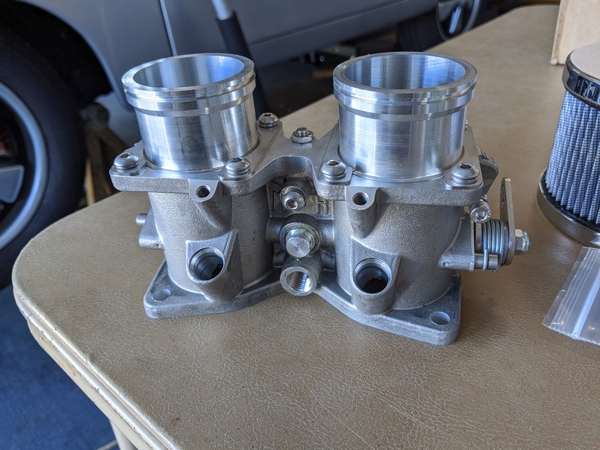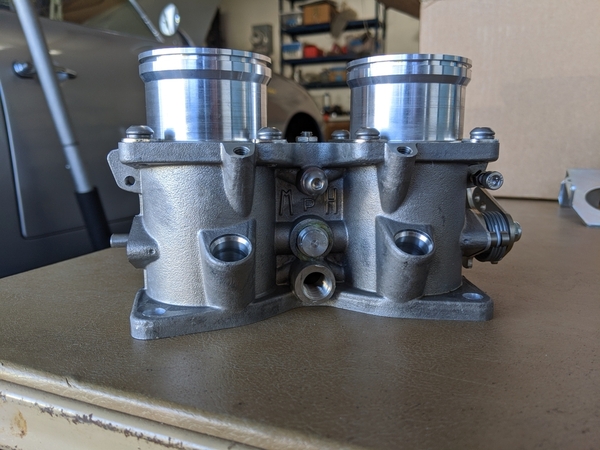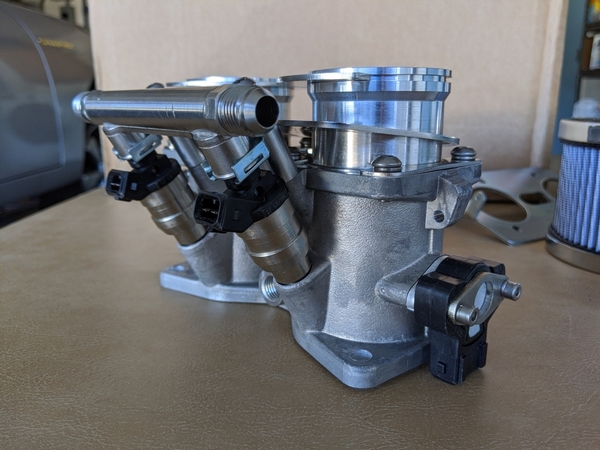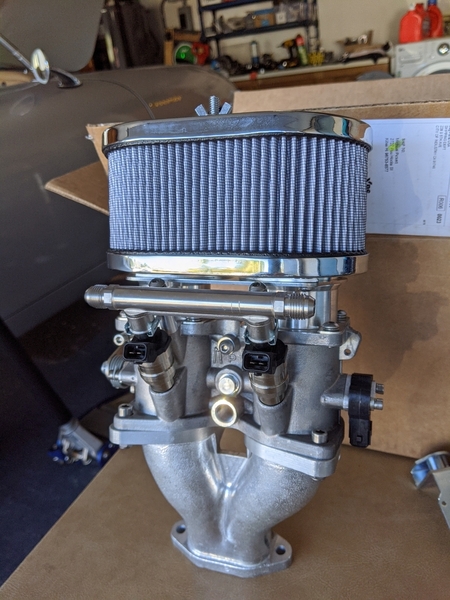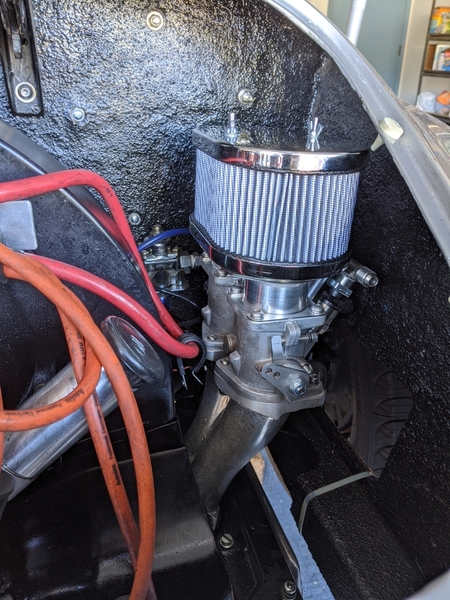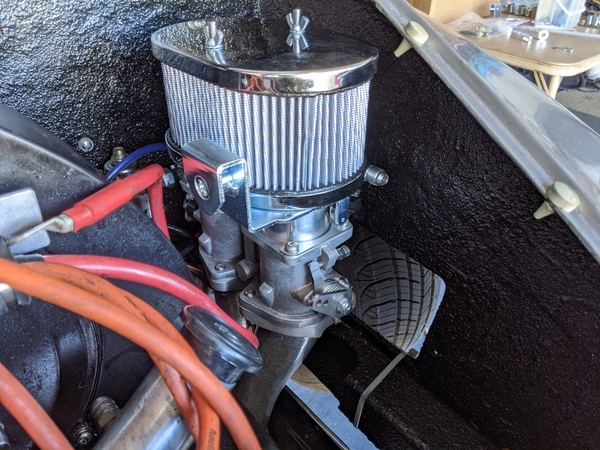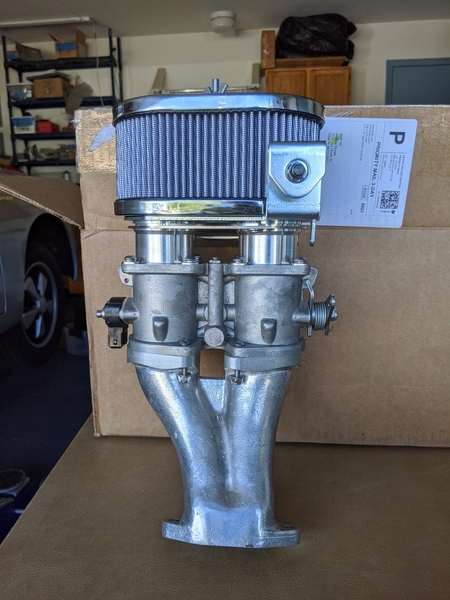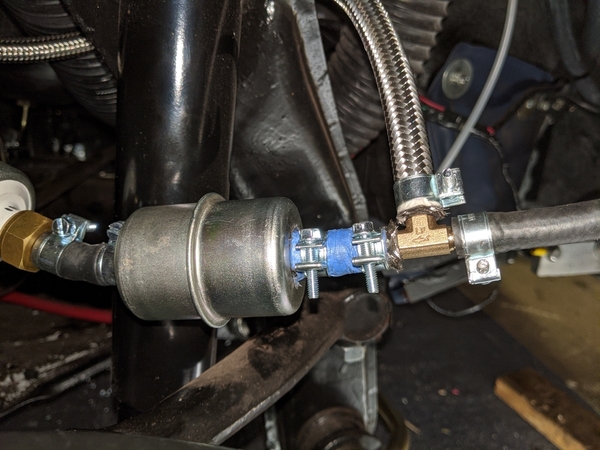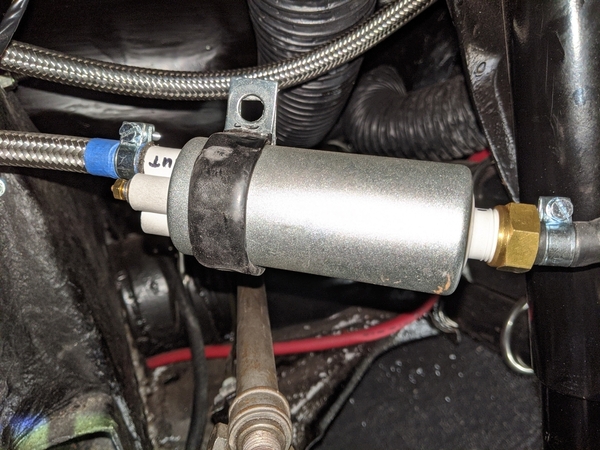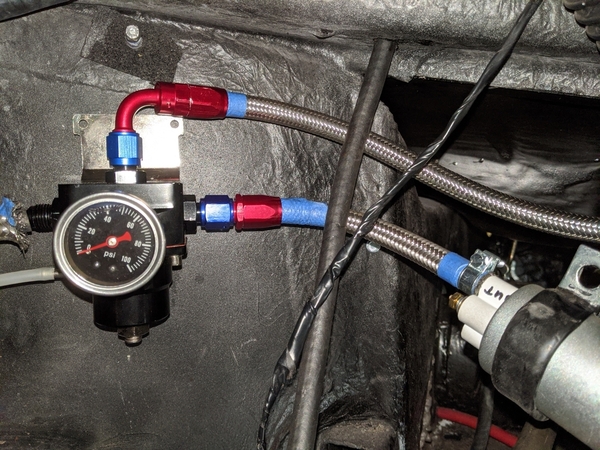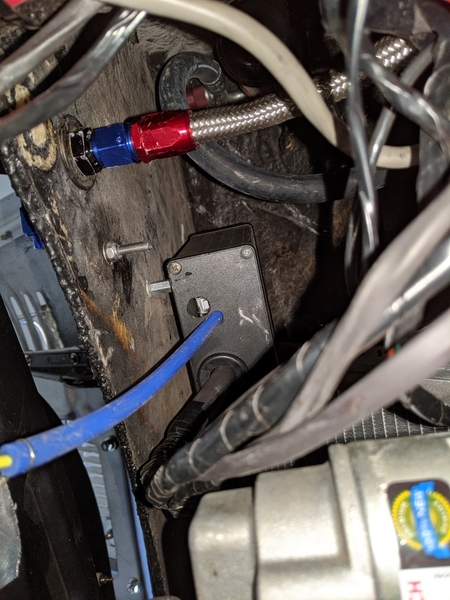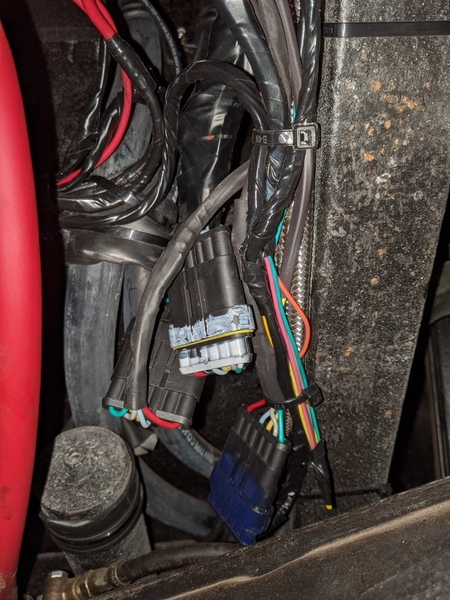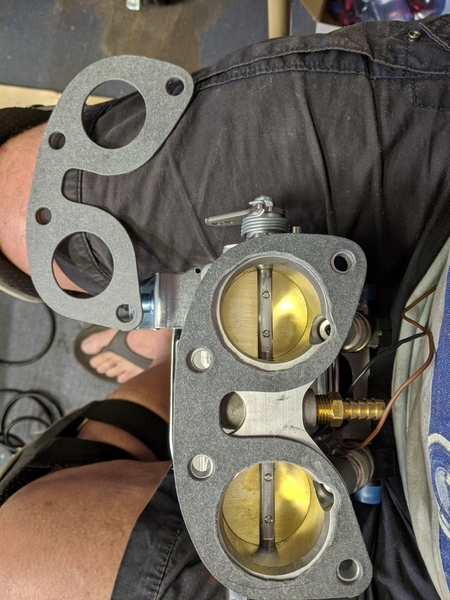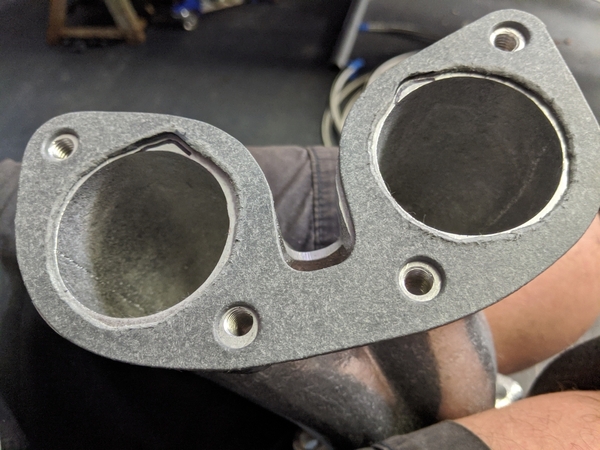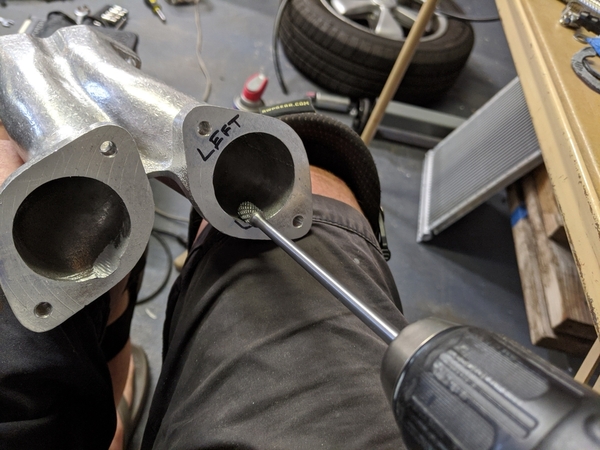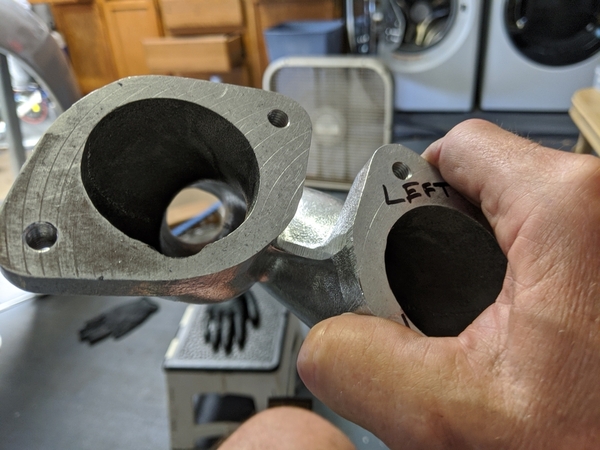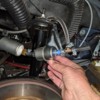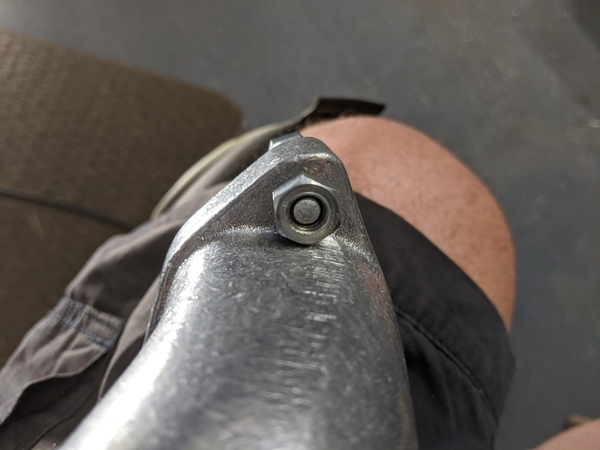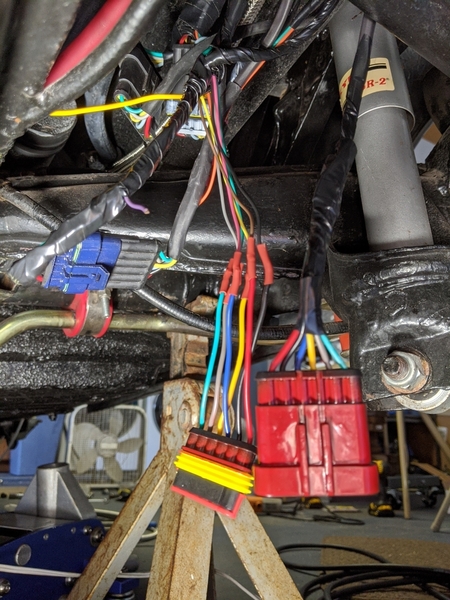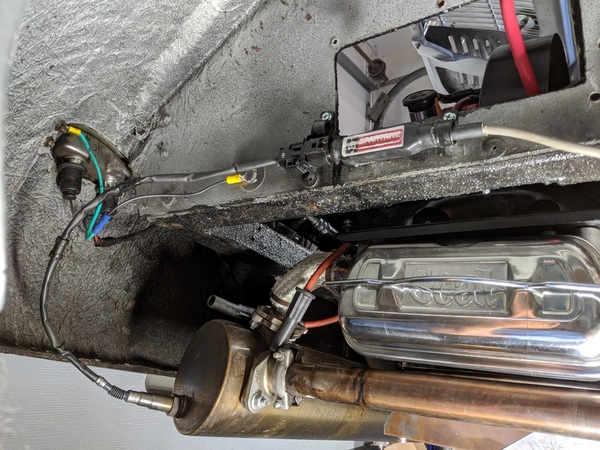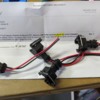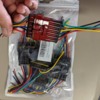Alright, solved my pesky overheating problem by finding the paper towel sucked up into the cooling fan so it's time to take things apart and, ahem, fix them.
As those of you who followed my build know, I wanted the distributor space to put an AC compressor, so I installed a Speeduino ECU, crankshaft position sensor and MAP sensor to drive a 2000 Golf electronic ignition coil. It's been working great.
However, as those of you who live on small volcanic islands where you drive from sea level to over 10,000 feet know, carbs suck at handling big differences in air pressure. So, it's time to go to phase II of the Speeduino saga and replace my trusty (up to 5000 feet above sea level) Kadrons with elevation proof fuel injection.
I looked around at the throttle body options and decided to go with individual throttle body (ITB) replicas of the Weber IDF with the fuel injectors integrated into the base of the throttle bodies. The other tempting option was to locate the injectors into the intake manifolds, but I wasn't convinced that it would leave enough space for access to the spark plugs etc. CB Performance has some very nice pieces, but they want to sell you the base ITBs and then charge extra for the throttle position sensor, fuel rails, etc.
I found a set of fully equipped IDF style ITBs from VW Speedshop over in Great Britain that I liked. They came with fuel rails and a throttle position sensor and had lots of options for linkage, etc.
Paul set me up with a pair of his ITBs and I picked up a set of ITF air cleaners and linkage off of fleabay, as well a 4 regular size Accel 150117 17 lb/hr injectors. I've got Panchito heads so I ordered CB Performance intake manifolds already ported to fit the heads.
The throttle bodies from VW Speed Shop
The throttle bodies with the fuel injectors and fuel rails installed. Note the throttle position sensor that came preinstalled.
IDF air filter and manifold installed
Test fitting to make sure there's room for fuel lines and injectors
The next update will cover setting up the high pressure fuel pump, regulator, fuel return and vacuum compensation.
Cheers!
Mike


